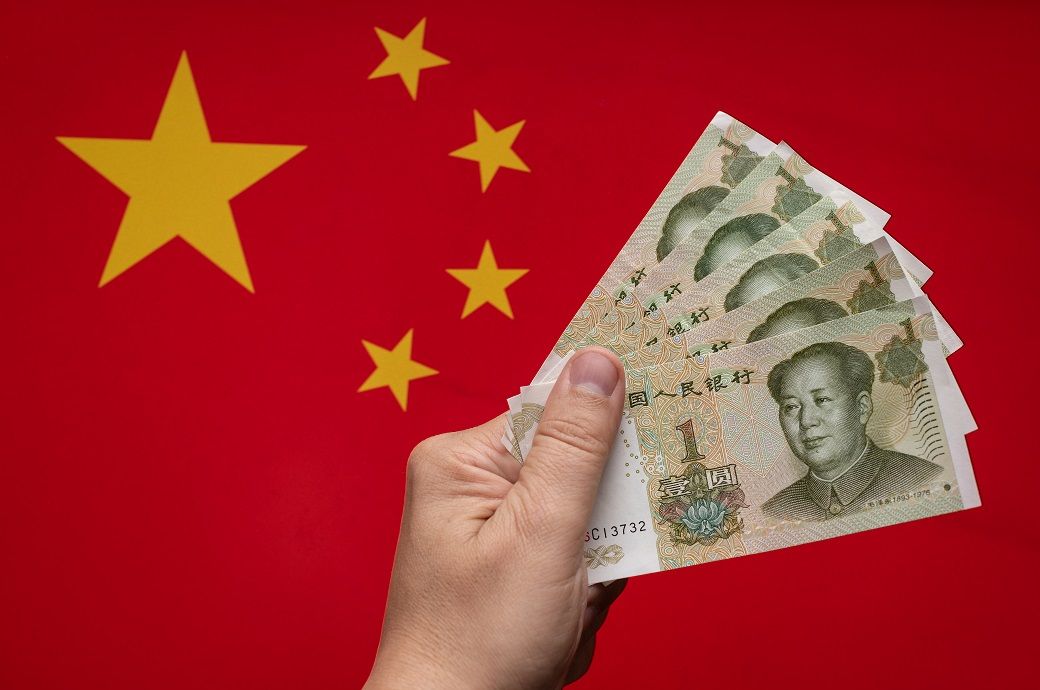
The Conference Board Leading Economic Index (LEI) for China dropped by 0.3 per cent in March 2025 to 149.6 (2016=100), marking its second consecutive monthly decline. The index also dropped by 0.3 per cent in February. Over the six-month period from September 2024 to March 2025, the LEI contracted by 1.4 per cent, slightly outpacing the 1.3 per cent decline recorded in the preceding six months.
“The China LEI continued to decline in March. As in previous months, the decline was driven by three components: depressed consumer expectations, a weak logistics prosperity index and low new export orders in manufacturing. Only profitability increased while the remaining components were unchanged. The six-month and annual growth rates were still negative, but they stabilized at a similar level as in February and March 2025 and continued to suggest softer economic conditions ahead, said Justyna Zabinska-La Monica, Senior Manager, Business Cycle Indicators, at The Conference Board.
In contrast, the Coincident Economic Index (CEI) for China posted a significant increase of 1.7 per cent in March to reach 153.4, following a flat reading in February. However, despite the sharp monthly rise, the CEI’s six-month growth slowed to 1.9 per cent compared to 2.5 per cent in the previous half-year span, as per TCB.
“So far in 2025, activity has remained robust as suggested by the high CEI reading in March and GDP growth at 5.4 per cent YoY in Q1, the same pace as in Q4 of 2024. The Conference Board currently forecasts annual real GDP growth at between 4.5 per cent to 5.0 per cent in 2025 as the Chinese government is committed to support the economy to offset the negative effects of the trade war with the United States,” said Justyna.
China’s LEI fell 0.3 per cent in March 2025, marking its second monthly drop and a 1.4 per cent decline over six months.
Key drags were weak consumer outlook, logistics, and exports.
In contrast, the CEI jumped 1.7 per cent, showing robust activity, with Q1 GDP up 5.4 per cent YoY.
The 2025 growth forecast remains at 4.5–5.0 per cent, aided by government support.
Fibre2Fashion News Desk (HU)





